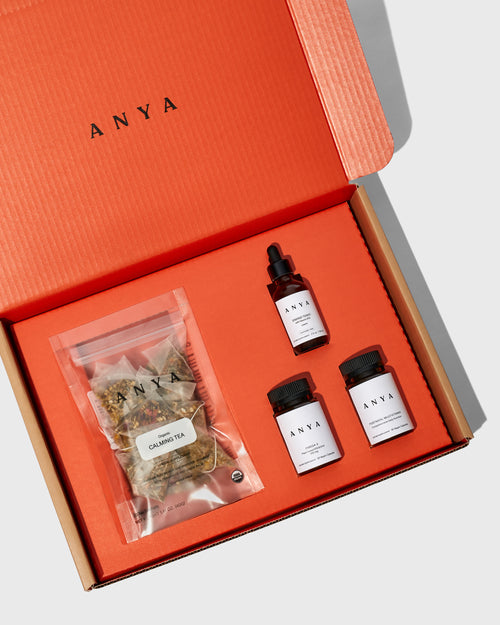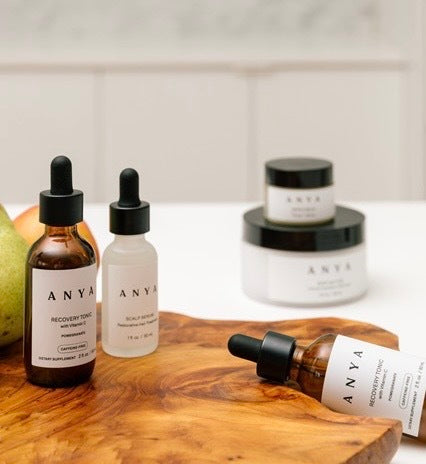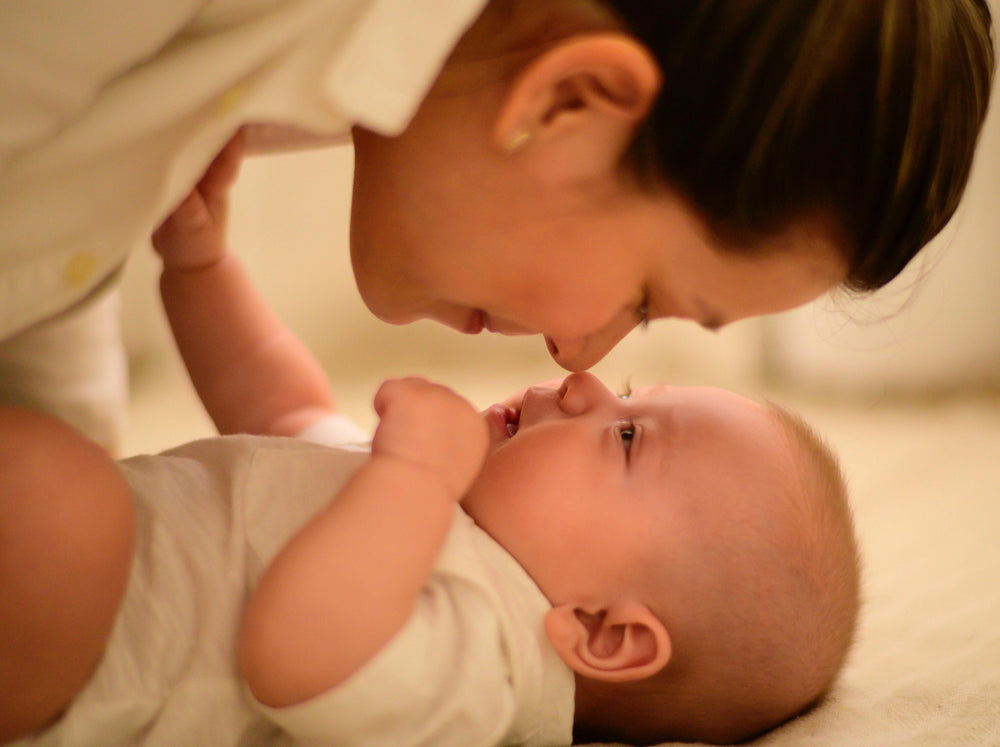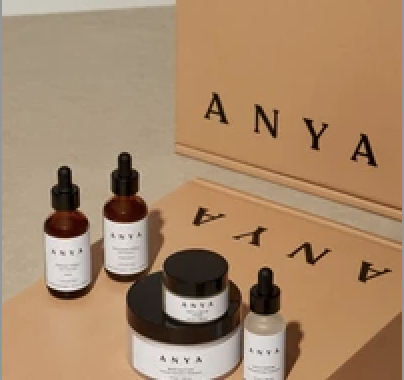We asked Sarah Moore, an international board-certified lactation consultant (IBCLC); Dr. Kelsey Kossl, an ob-gyn in New York; and Dr. Julia Kearney, an ob-gyn in Indianapolis, for answers to our most common, painful, and embarrassing nipple questions. Grab an ice pack and settle in.
How do I know if my nipple shape is good for breastfeeding?
While it’s true that naturally protruding nipples make it easier for a baby to latch on and breastfeed, “babies are very good at drawing out a flat nipple,” says Moore. Few women have truly inverted nipples, but if you do, ask your health care provider or lactation consultant for tips on how to hold your nipple so that it protrudes.
Can I do anything to prepare my nipples for breastfeeding?
Applying a nipple balm regularly before you give birth will ensure that you start off with well-moisturized nipples. If your nipples become cracked, bruised, or blistered when you start breastfeeding, check your latch with a lactation consultant and continue to use nipple balm to speed up the healing process.
I’ve heard that scrubbing my nipples will make them less sensitive if nursing is painful. Is that true?
Under no circumstances should you scrub your nipples in the hopes that this will toughen them up, says Kossl. On the contrary, scrubbing or exfoliating your nipples in any way could create micro abrasions that can lead to infection.
Will my nipples get bigger when I’m breastfeeding?
Your nipples don’t grow from breastfeeding, but the baby’s sucking draws out flat nipples, which will make them appear larger. You also may notice that the little bumps around your nipples and areolae are more pronounced. These are sebaceous glands that help keep the area lubricated during breastfeeding, says Moore.
Is it normal for my nipples to get darker?
Darkened nipples and areolae are totally normal. Experts say that this is one of the many ways your body prepares for a new baby: The increased contrast helps your baby find your nipple. After pregnancy and breastfeeding, your nipples will likely lighten again.
How can I prevent sore nipples?
It is normal for your nipples to become more sensitive in the first weeks after you have given birth. But if it feels like your baby is pinching or biting your nipple, your baby’s latch needs to be fixed right away to avoid further problems and potential complications. “The baby should have all of the nipple and as much of the areola as possible in their mouth,” advises Moore.
Is it true that my nipples can develop a yeast infection?
Yes. Though not common, you can get a yeast infection on your nipples and areolae when you breastfeed. This is called thrush, and it feels like a painful burning and itching. Call your doctor if you are experiencing these symptoms, as you will need an antifungal medication. “An underlying yeast infection can make breastfeeding very painful,” says Kearney. “It affects only about 5 percent of my patients, but it is something to look out for because we do see it.” To avoid thrush, change your nursing pads and bras often if you are leaking to avoid trapping moisture around your breasts.
What can I do to prevent my nipples from getting dry and cracked?
Some irritation is inevitable. After all, your nipples are being sucked, pulled, and coated in saliva. (Think of how lips get chapped when you continuously lick them.) Beyond fixing a poor latch, Moore suggests washing your nipples daily with warm water, allowing them to air-dry between feedings, and using a soothing nipple balm.

Anya Nipple Balm
Is it normal for pumping to hurt my nipples?
Any discomfort during pumping is likely due to a poor fit, so check your flange size and adjust if necessary.
My nipples are cracked and bleeding. Now what?
First you need to find the source of the problem, which is likely that your baby is not latching on correctly. Ask a lactation consultant for assistance. “You can continue breastfeeding if your nipples are bleeding,” says Moore. But if you’re in pain, you won’t want to. To ease the pain and begin healing, Moore offers these suggestions: Before feeding, use warm compresses to stimulate flow, and express some milk to lubricate the nipple. After feeding, prepare a saline rinse in two small bowls or shot glasses and dip your nipples into them. Persistent cracks, redness surrounding the nipples, or crusting may be a sign of a superficial bacterial infection, which can be treated with a topical antibacterial ointment or oral antibiotics.
My nipples are itchy and crusty, and they look like they have a rash. What does this mean?
Skin conditions such as eczema and psoriasis can present on the breast and nipple and cause pain, itching, rashes, cracking, and crusting on the nipple. For eczema, it is important to identify and reduce the triggers of inflammation, such as friction from tight clothing, laundry detergents, and fragrances. Ask your doctor for an exam to see if you have one of these conditions. Typically, they can be managed with a nipple balm and a steroid ointment.
Dr. Kelsey Kossl is an adviser to Anya.






